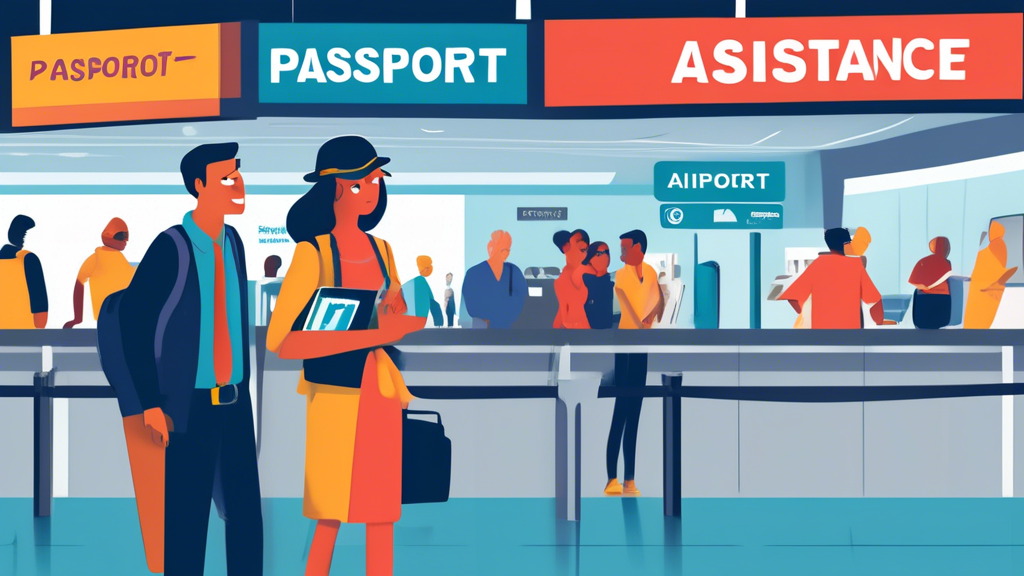What to Do if Your Passport Gets Ripped
For many travelers, a passport is more than just a travel document; it’s a symbol of freedom and adventure. Unfortunately, accidents can happen, and your passport may get damaged. Among the types of damage, a ripped passport can be particularly concerning as it could jeopardize your travel plans. Here’s a comprehensive guide on what to do if your passport gets ripped.
Assess the Damage
Before panicking, carefully assess the extent of the damage. Minor tears or small rips on the edges may not be a cause for significant concern, but larger tears, especially those that affect the photograph, personal information, or machine-readable zone, can render your passport invalid.
Decide Whether it Needs Replacement
If the rip is minor and does not affect the critical parts of your passport, it might still be usable. However, it is always best to seek professional advice. Contact your passport-issuing authority, such as the State Department in the United States, to inquire if your passport’s condition will be accepted during travel.
Taking Preventive Measures
If your assessment or the advice received indicates that the passport may still be used, take preventive measures to protect it from further damage. Use clear tape to cover the ripped area, but do not laminate your passport as this can also make it invalid. Store your passport in a protective cover to avoid future incidents.
Reporting the Damage
If the damage is significant and you are advised to replace the passport, the first step is to report the damage to your passport issuer. Most countries have a specific process for replacing damaged passports, which often includes submitting your damaged passport, a filled-out application form, passport photos, and a fee.
Gather Necessary Documents
For the replacement process to go smoothly, gather all the necessary documents. These usually include:
- Your damaged passport
- A filled-out passport application form (available online or at the passport office)
- Recent passport-sized photographs
- Proof of identity (such as a driver’s license or another form of government-issued ID)
- Proof of citizenship (such as a birth certificate or naturalization certificate)
- Relevant fees for passport replacement
Expedited Processing
If your travel is imminent, you might need expedited processing. Check if the passport-issuing authority offers rush services. These usually come at an added cost but can significantly reduce the processing time, ensuring that you get your replacement passport in time for your trip.
While Traveling
If your passport gets ripped while you are traveling abroad, the process might be slightly different. Visit your nearest embassy or consulate immediately and explain your situation. They can issue you an emergency passport if necessary, which will allow you to continue your travels or return home. Make sure to carry the embassy’s contact information and copies of your travel documents whenever you travel.
Keep Copies of Important Documents
One preventive measure to mitigate the negative impact of a damaged passport is to keep copies of your important travel documents. Store them separately from the originals and consider digital backups. In case of damage, these copies can help expedite the replacement process.
Final Thoughts
A ripped passport can be a source of anxiety, but understanding the steps to take can help mitigate the inconvenience. Always maintain your passport in good condition, travel with protective cases, and know the procedures for getting a passport replacement. These precautions will ensure that a ripped passport doesn’t derail your travel plans.







